Patrick Hughes
B. 1939 | British
The Barnes Foundation
Signed, Dated “The Barnes Foundation / Patrick Hughes 2016”
Oil On Panel
Another Success From The Artist, The Barnes Foundation Displays A Three-Dimensional, Illusionistic Scene For Which Patrick Hughes’S Oeuvre Has Become Renowned. Part Painting, Part Sculpture And Part Optical Illusion, This Work By The London-Based Artist Invites The Viewer On A Visual Journey Through The Interior Of The Barnes Foundation. The Three-Dimensional Construction Breaks Free From The Wall And Appears To Shift As One Moves In Front Of It. The Artist’S Experimentations With Perspective And Perception Involve The Viewer In A Highly Tangible Way That Is Rarely Seen In Fine Art. Driven By Ideas Of Engagement, Originality And Humor, Hughes Is One Of The Leading Figures In Contemporary British Art.
In The Barnes Foundation, Hughes Captures The Interior Of The Eponymous Museum In Philadelphia. The Institution’S Works Were Once The Private Collection Of Dr. Albert C. Barnes (1872-1951), An Arts Educator Who Taught Both Artists And The Public His Distinct Method Of Visual Literacy. Based On The Pedagogy That This Literacy Best Learned Through Prolonged Engagement With Works Of Art, Barnes Meticulously Curated The Walls Of His Museum Into What He Called “Ensembles,” Grouping Objects From Different Cultures, Time Periods And Media To Encourage Critical Analysis. This Is The Space Hughes Explores In The Barnes Foundation, Placing The Viewer Into An Interior Already Driven By Perspective And Arrangement. Treasures From The Museum, Including Matisse’S The Dance, Seurat’S Models (Poseuses), Cezanne’S The Card Players, Picasso’S Tête De Femme And More Are Visible Within Hughes’ Construction. The Viewer Is Asked To Grapple With The Ever-Shifting Perspective Created By Hughes, The Art Historical Significance Of The Artworks Pictured And The Highly Visual “Ensembles” Of Dr. Barnes All At Once.
For Hughes To Feel His Art Is Complete, It Needs The Physical Presence Of The Spectator, Engaging The Body As Well As The Eye And Mind. The Use Of The Psychological Relationship Between Reality And Representation Destabilizes Both The Viewer And The Image Being Viewed. Hughes Aims For This Immersive Experience, With The Goal Of Taking His Viewers Somewhere They Have Never Been Before, Though Elements, Such As Famous Architecture, Walls, Library Settings And Landscapes Seem Familiar.
Hughes Coined The Term Reverspective For These Types Of Constructions, Which He Describes As “Perspective In Reverse.” He Utilizes The Traditional Idea Of One-Point Perspective In Which An Artist Can Create The Illusion Of Receding Space And Dimensionality With Converging Lines Upon A Single Vanishing Point On The Horizon Line. However, He Reverses This Concept By Bringing These Lines Forward Into Space Using Three-Dimensional Planes, But Still Abides By A Strict Vanishing Point. Hughes Says, “When The Principles Of Perspective Are Reversed, The Mind Is Deceived Into Believing That A Static Painting Can Move Of Its Own Accord.”
Born In 1939, Patrick Hughes Completed Formal Training At The Leeds College Of Art Before Beginning His Artistic Career. He Developed His First Reverspective Work In 1964 For The Institute Of Contemporary Arts In London. Entitled Sticking-Out Room, Hughes’ Hypnotic Vision Of An Interior Room Seemed To Recede In Space, Marking The Beginning Of The Artist’S Long Fascination With Perspective Illusions. Hughes’ Work Resides In Prestigious Collections Including The British Library And The British Academy In London.
Dated 2016
Unframed: 22 3/4″ High X 81 1/2″ Wide
Framed: 30″ High X 88 3/4″ Wide X 9″ Deep
Literature:
Hughes, Patrick. Patrick Hughes: A Newer Perspective. London: Flowers Gallery, 2018, Pictured P. 182-3.
Sale!
Fine Art M.S. Rau | The Barnes Foundation By Patrick Hughes
$95.00



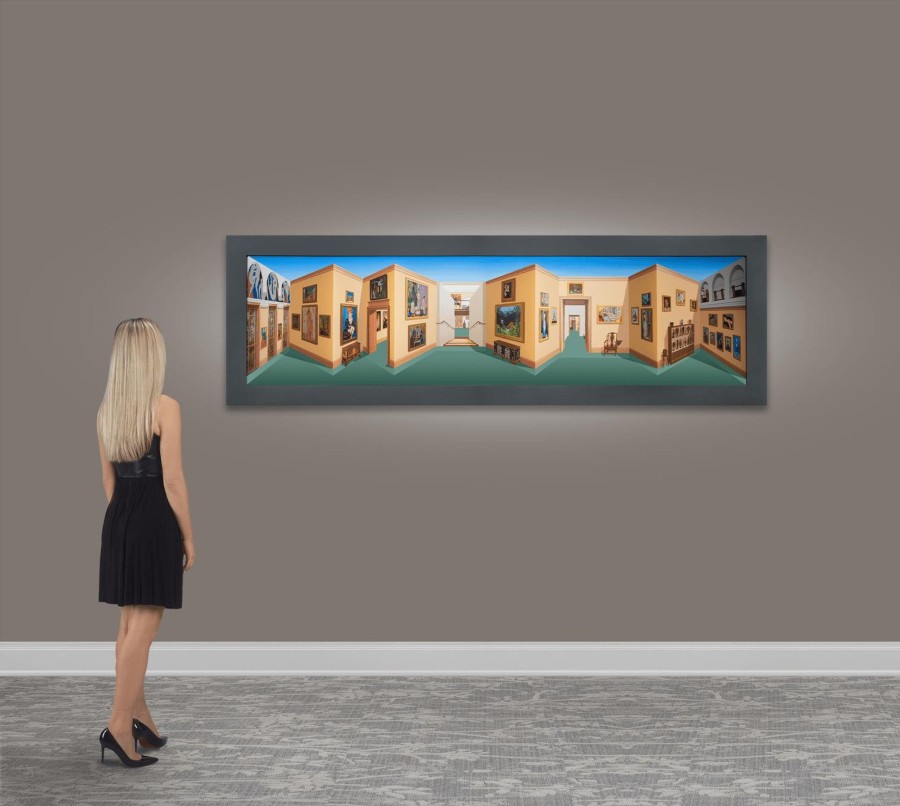
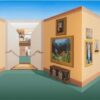
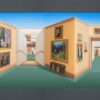
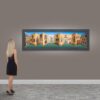
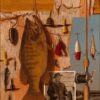

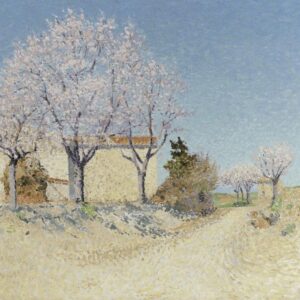
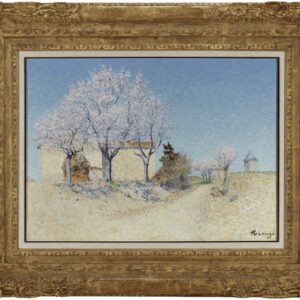
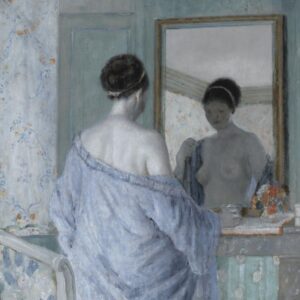
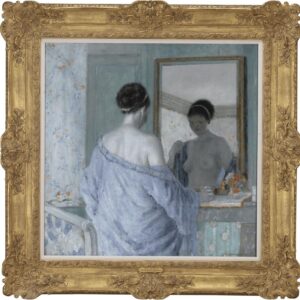


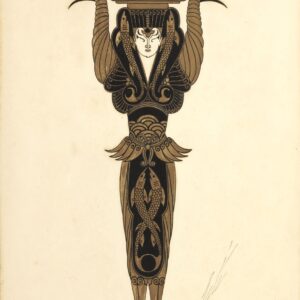
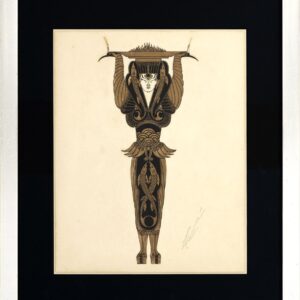
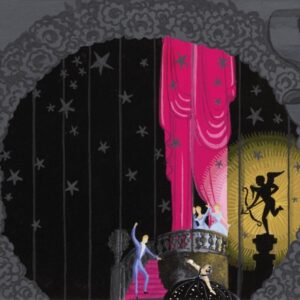
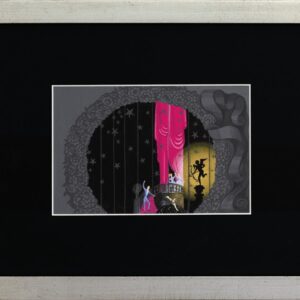
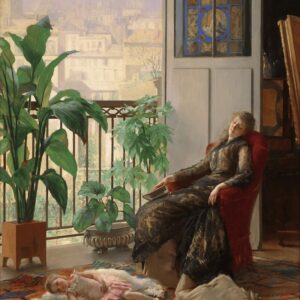

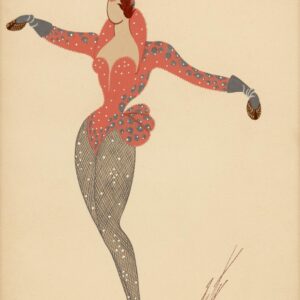
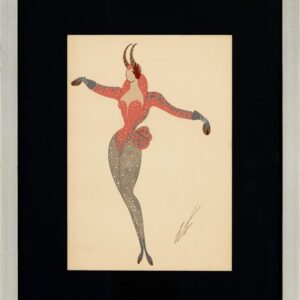
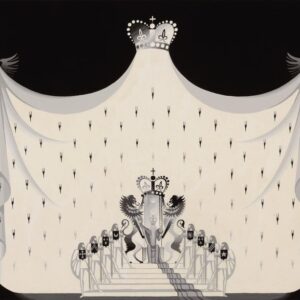

Reviews
There are no reviews yet.